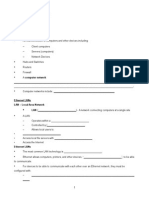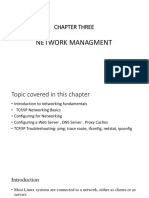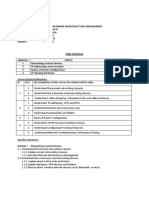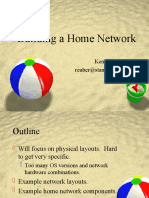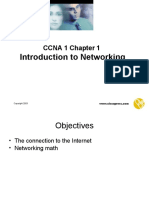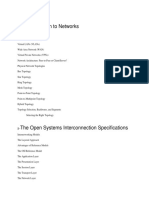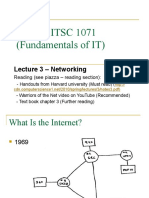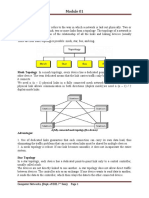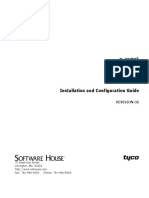0% found this document useful (0 votes)
50 views3 pagesNetwork Security Notes
The document provides tables and information for a network administrator to record important account details, network resources like drives and printers, contact information for the network administrator, internet connection details like the ISP and router configuration, common networking standards, and useful websites. It includes sections on recording user ID, password, domain name, email address, network drives, printers, servers, internet provider and TCP/IP details, router information, common RJ-45 pinouts, private IP ranges, and networking websites.
Uploaded by
Je robsCopyright
© © All Rights Reserved
We take content rights seriously. If you suspect this is your content, claim it here.
Available Formats
Download as DOCX, PDF, TXT or read online on Scribd
0% found this document useful (0 votes)
50 views3 pagesNetwork Security Notes
The document provides tables and information for a network administrator to record important account details, network resources like drives and printers, contact information for the network administrator, internet connection details like the ISP and router configuration, common networking standards, and useful websites. It includes sections on recording user ID, password, domain name, email address, network drives, printers, servers, internet provider and TCP/IP details, router information, common RJ-45 pinouts, private IP ranges, and networking websites.
Uploaded by
Je robsCopyright
© © All Rights Reserved
We take content rights seriously. If you suspect this is your content, claim it here.
Available Formats
Download as DOCX, PDF, TXT or read online on Scribd
/ 3











